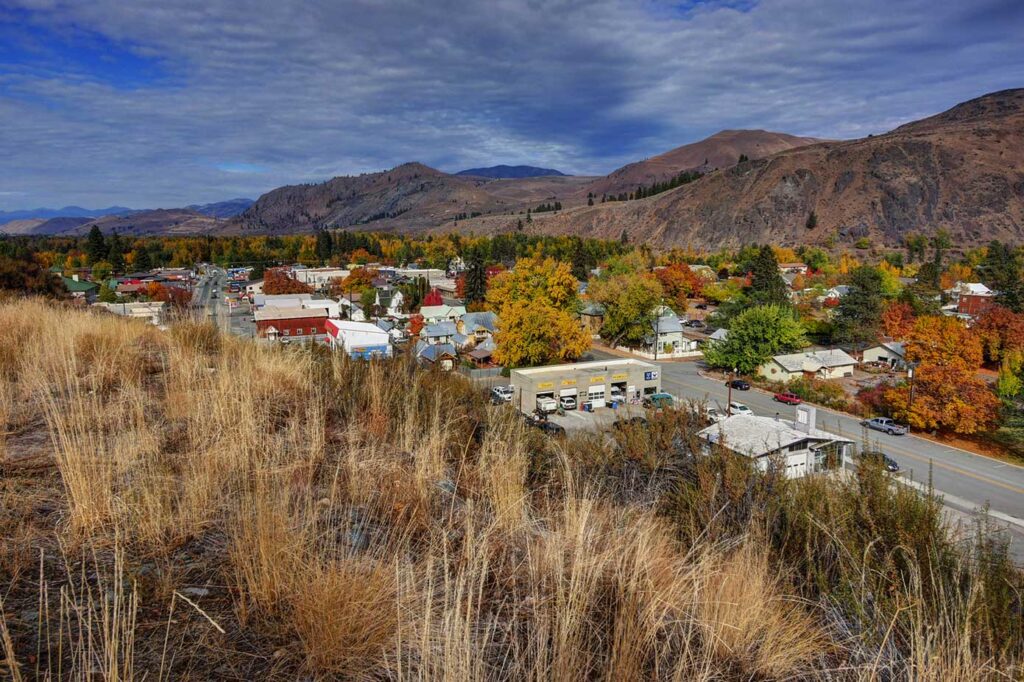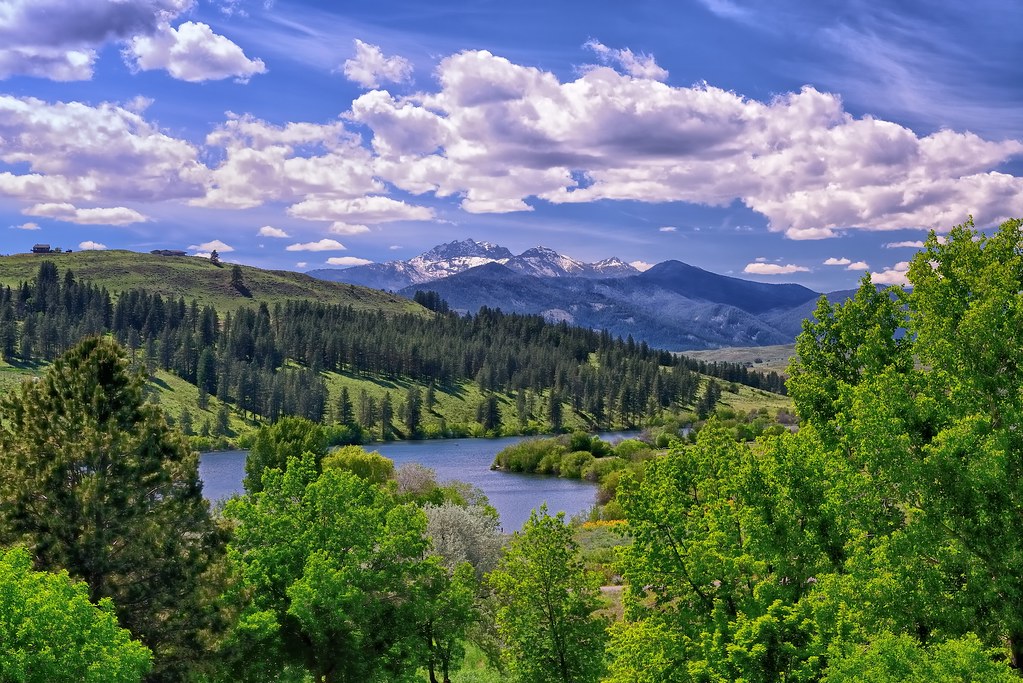Twisp is a town in Okanogan County in north central Washington, which sits at the confluence of the Twisp and Methow rivers. The population was 938 at the 2000 census and decreased to 919 at the 2010 census. Take a look below for 15 awesome and fun facts about Twisp, Washington, United States.
1. On July 30, 1897, Henry C. Glover platted a town in the Methow Valley he called Gloversville, in which a small store and post office were soon established.
2. In 1898, Glover became postmaster of the town, which was now called Twisp, the origin of which is unclear.
3. The common explanation is that it comes from the Okanagan, which possibly translates to wasp, yellowjacket, or the sound made by a wasp.
4. On June 29, 1899, Amanda P. Burgar platted the town of Twisp adjacent to the original Gloversville site, which was thereafter considered part of Twisp.
5. Twisp soon contained a population of miners and ranchers who were supported by many local businesses, including a drug store, a bank, a hotel, two saloons and a Methodist church.
6. The Methow tribe was also a common sight, who continued to camp in their traditional sites and traded with the settlers.

7. On August 6, 1909, the town was incorporated and elected its first officers.
8. One of the first issues the five-member town council faced was liquor licenses for the two saloons, and a 1910 election was held to determine whether Twisp would implement Prohibition.
9. The saloons served free drinks on election day, which allegedly all 88 voters partook in, and Prohibition was rejected by a vote of 56-32. In 1911, electricity was brought to Twisp and the first movie house opened. On January 15, 1912, the Twisp School, constructed at a cost of $12,109.68, opened its doors.
10. Twisp was largely built of wood and shortly after midnight on July 24, 1924 a fire broke out in downtown Twisp, which burned down two houses and 23 buildings. Only the Filer and McAlister grocery store and the Commercial Bank’s vault survived within the fire zone, which were both built of red brick.
11. In 1940, a $50,000 addition to the Twisp School building was completed, which included a library, study hall and gymnasium, and the Twisp High School was relocated to a new wing.
12. By the early 1940s, logging was a large business in Okanogan County and Ernest and Otto Wagner, a father and son team, owned the second largest operation.

13. After their Okanogan mill burned in 1943, they eventually moved all their operations to Twisp and in 1963 a local newspaper reported that “its payroll [was] the life blood of the biggest per cent of the people, not only of Twisp but of the entire Methow Valley.”
14. In 1948, the Columbia River and its tributaries, including the Twisp and Methow rivers, flooded and the damage in the Methow Valley was estimated to be $4 million, which lost power, telephone service, all its bridges and multiple houses.
15. The opening of the North Cascades Highway in 1972 brought an influx of full-time resident retirees and seasonal recreationalists, which led to an increase of jobs. In 1973, a new high school located between Twisp and neighboring Winthrop was completed and that year’s class was the last to graduate from Twisp High School, which was then abandoned and sat vacant for five years. In 1979, the building reopened as the Methow Valley Community Center.




